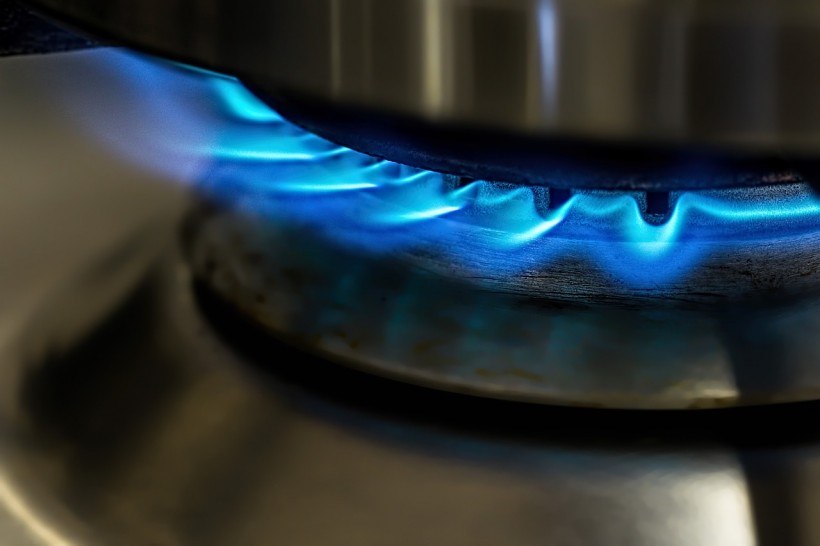A new study shows that the unburned natural gas piped into millions of homes in California contains hazardous air pollutants. Researchers estimate that California gas appliances and infrastructure leak the same amount of the cancer-causing chemical benzene as emitted by 60,000 cars.
The study titled "Composition, Emissions, and Air Quality Impacts of Hazardous Air Pollutants in Unburned Natural Gas in California" published in the journal Environmental Science & Technology adds to the growing debate over proposals limiting the use of gas at home to reduce its impact on climate change and public health.

Unburned Natural Gas Leaking From Appliances Piped Into California Homes Contain Cancer-Causing Agents
The Link Between Natural Gas and Indoor Air Pollution
Researchers documented significant indoor air pollution and the adverse health effects of using gas stoves, Medpage Today reports. The study's lead author Eric Lebel said that their study showed how having a gas appliance in the house could have health and climate impacts.
He said in a press release that stoves leak small amounts of gas all the time even when it is off and these leaks are too small to smell but can still impact air quality at home and increase health risks. Just having a gas stove at home can create benzene concentrations in the kitchen similar to secondhand smoke.
The new study follows previous research by the same team that measured methane emissions from the gas stove in 53 homes in California. They found that gas stoves emit 0.8% to 1.3% gas as each household uses unburned methane not even when it is ignited and extinguished but also when not in use.
The new study's co-author Drew Michanowicz, DrPH also conducted a recent investigation that showed unburned natural gas samples from 69 kitchen stoves and building pipelines across Greater Boston contain varying levels of toxic chemicals, such as benzene, ethylbenzene, hexane, toluene, and xylene.
The link between natural gas and indoor pollution is a concern in California because per the U.S. Energy Information Administration, 88% of all households in the state had natural gas services in 2020, and 70% of California homes have stoves that use natural gas. Natural gas leaks are hazardous to the health and policies that phases out gas appliances are good for the climate and health.
READ ALSO: Gas Stoves are Making People Sicker and Exposing Children to a Higher Risk for Asthma, Study Claims
Should People Be Worried?
According to New York Times, the study's findings do not necessarily mean that there is an immediate cause for concern for home cooks with gas stoves. However, it could be important to inform homeowners of the effects so they could prepare to replace their appliances.
In the study, they collected 185 samples of unburned natural gas from 159 homes in California. They found that out of the non-methane volatile organic compounds, 12 contain a hazardous air pollutant designation. Six of them are detected in over 98% of the samples, including benzene which is associated with blood disorders like leukemia.
Concentrations of these pollutants could vary throughout the state, wherein the highest level was found in Los Angeles County. Meanwhile, the North San Fernando and Santa Clarita Valleys also have 66 parts per million by volume of concentration, or about 66 times greater benzene level recorded in natural gas usage in Massachusetts.
Those high levels need to be studied for a better understanding of the factors that contribute to these high concentrations. Aside from smoking, most major sources of benzene are linked to fossil fuels, says Earth scientist Rob Jackson from Stanford University who is not part of the study. Those sources include gasoline, plastics, rubbers, detergents, and motor vehicle exhaust.
RELATED ARTICLE: Gas Stoves Are Bad For Your Health; Here's How It Pollutes You and What to Do to Reduce Exposure
Check out more news and information on Indoor Pollution in Science Times.














